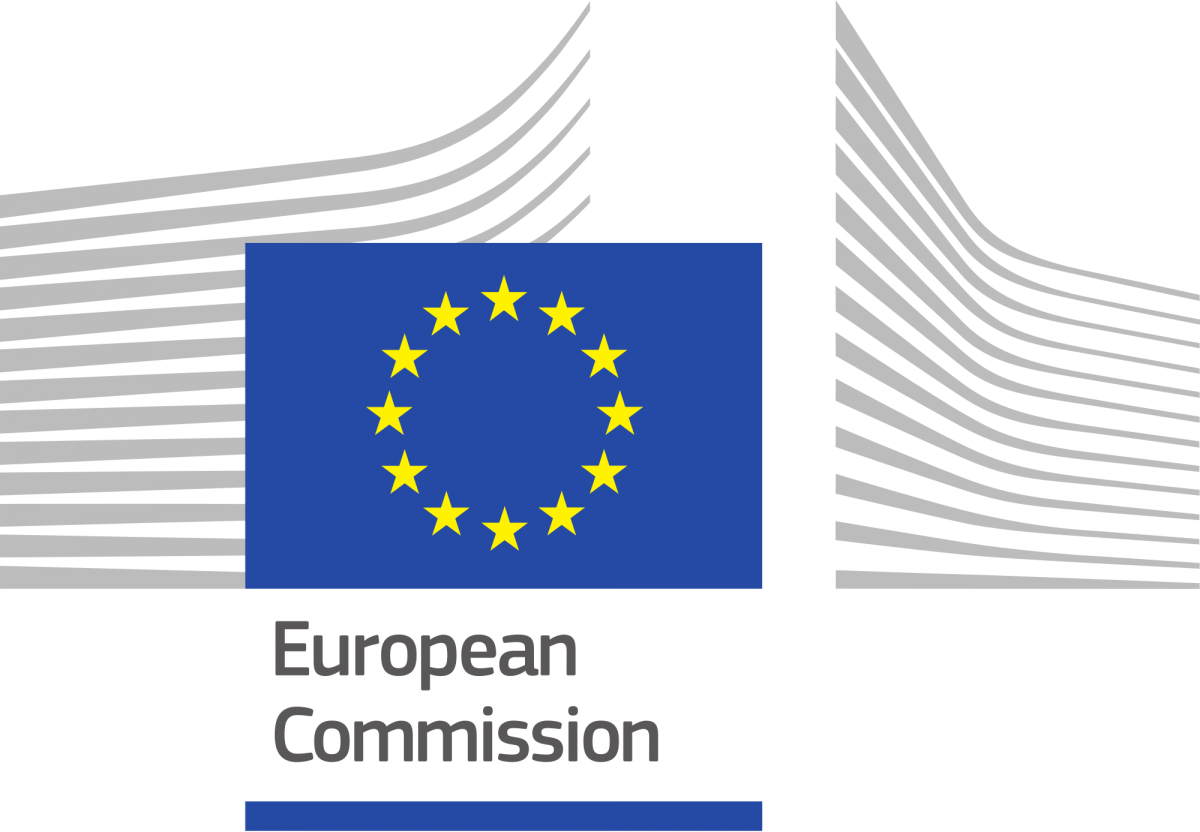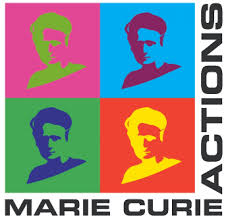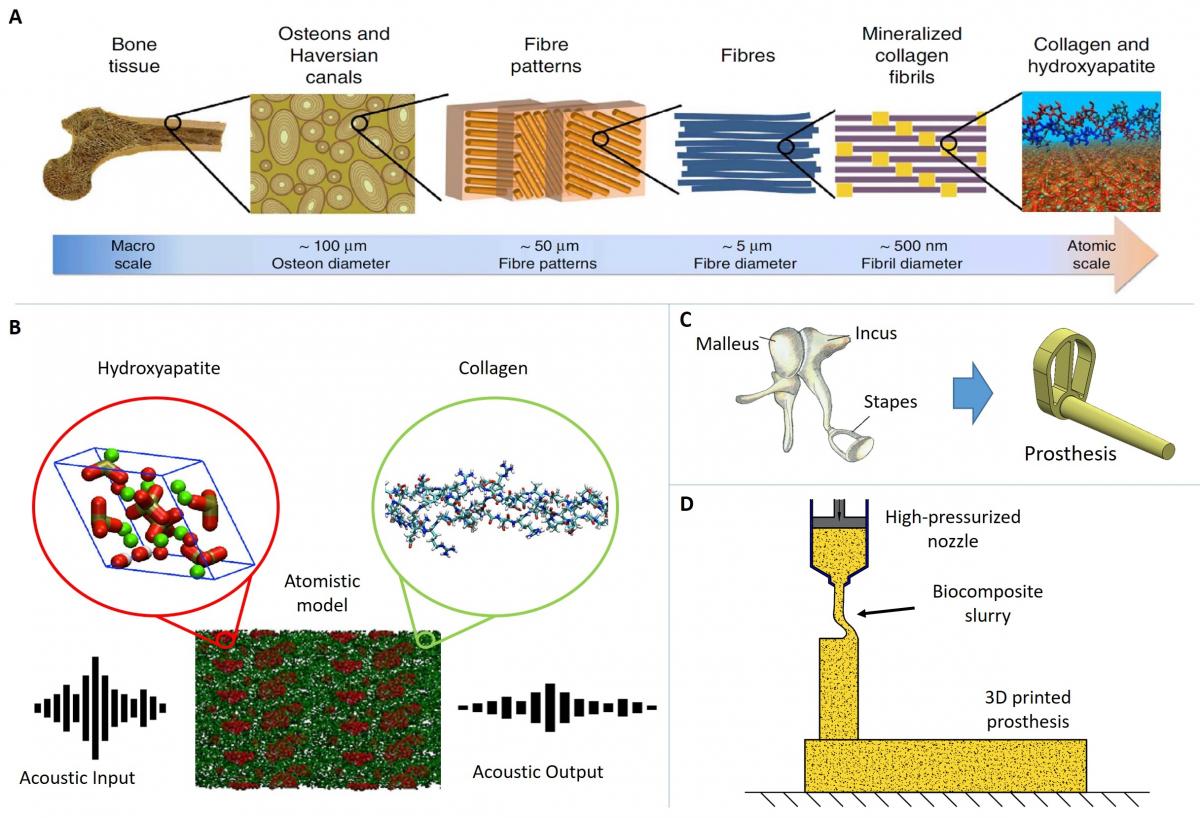

GOAL
To provide new biocompatible bulk micro-prostheses made of COL1/HA composite through an optimisation of the current 3D printing technology for biomaterials.
SUMMARY
Conductive hearing loss, due to traumas or pathologies of the middle ear, affects more than 5% of the population worldwide and more than 15% of the elderly. COLLHEAR aims at giving a contribution by developing a new generation of biocompatible middle ear micro-prostheses through an interdisciplinary approach involving material science, engineering and tissue engineering. This bioengineering and clinical subject is strongly related to the current European Community priorities: indeed it is a fact that by living in a world basing upon communication, any hearing impairments can be considered a relevant obstacle in human relations that can lead to isolation and depression.
The Overall Objective of this proposal is to provide new biocompatible bulk micro-prostheses made of COL1/HA composite through an optimisation of the current 3D printing technology for biomaterials.
The project addresses topical challenges, related to the 2014-2020 priorities of the European Community. Firstly, the project aims at promoting social inclusion, improving the quality of life of deaf people, who feel cut off from a world dominated by verbal communication (Priority 9). Futhermore, by strengthening collaborations among top international scientific players, it wants to innovate the research fields of materials science, mechanics and bioengineering (Priority 1).

A. Bone structure and model development taken from Arun et al., 2012. B. Atomistic model to evaluate the acoustic properties of the Collagen Type I – Hydroxyapatite. Modified from Arun et al., 2012. C. Bioinspired optimized design of a middle ear prosthesis. D. Manufacturing of the middle ear prosthesis via micro-extrusion 3D printing technique.
This project has received funding from the European Union’s Horizon 2020 research and innovation programme under the Marie Skłodowska-Curie grant agreement No 794614.